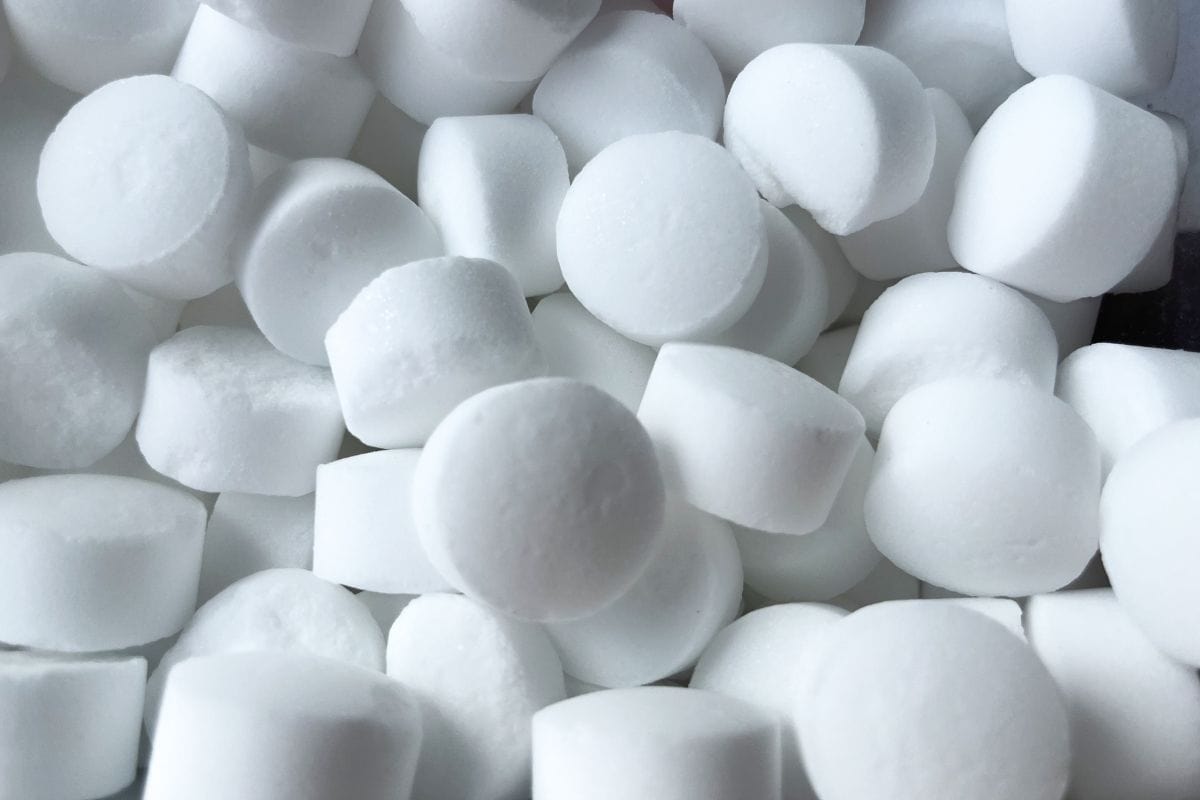Water softening is a standard practice in many households and businesses, aimed at reducing water hardness, i.e. lowering the content of minerals such as calcium and magnesium. One of the keys to keeping your water softener effective is adding salt regularly. But when is the best time to supplement salt and what factors should you consider? This article will provide expert guidance on this topic.
Understanding the function of salt in a water softener
Water softeners work on the principle of ion exchange, where calcium and magnesium ions are replaced by sodium ions from salt. Salt is necessary to regenerate the resins in the softener, allowing the unit to continue to effectively remove hardness from the water. Lack of the appropriate amount of salt may result in reduced performance of the device or complete failure of the softening process.
When to add salt to the softener?
1. Salt level in the tank
The easiest way to determine when to add salt is to regularly check the salt level in the brine tank. It is recommended to keep salt at a level of at least one quarter of the tank, but no more than three quarters of its capacity. When your salt levels are nearing minimum, it's time to top up.
2. Regeneration frequency
The frequency with which the softener regenerates has a direct impact on salt consumption. Devices set to regenerate frequently will require salt to be added more frequently. These values can be adjusted as needed and can also be monitored to better understand when more salt will be needed.
3. Water hardness and water consumption
The higher the water hardness and the more water a household or business uses, the faster the salt in the softener is used up. In such cases, it is recommended to check the salt level more often.
4. Salt type
The type of salt used also affects the frequency of refills. Salt in tablet form usually consumes slower than salt in crystal or block form, which may affect your refilling schedule.
How to add salt correctly?
- Check the manufacturer's recommendations: Always follow the water softener manufacturer's instructions regarding the type of salt and recommended salt refill level.
- Using high-quality salt: It is recommended to use salt specifically designed for water softeners to avoid contamination problems that may affect the regeneration process.
- Regular cleaning of the brine tank: To prevent the formation of salt bridges and to ensure even salt consumption, the brine tank should be cleaned regularly.
Regularly adding salt to your water softener is a key element in maintaining its effectiveness and long-term operation. Monitoring salt levels, adjusting regeneration settings, taking into account water hardness and consumption, and selecting the right type of salt are all factors that will help keep your water softener system operating optimally. Remember to always follow the manufacturer's recommendations and check your system regularly to ensure you have access to high-quality, soft water.



